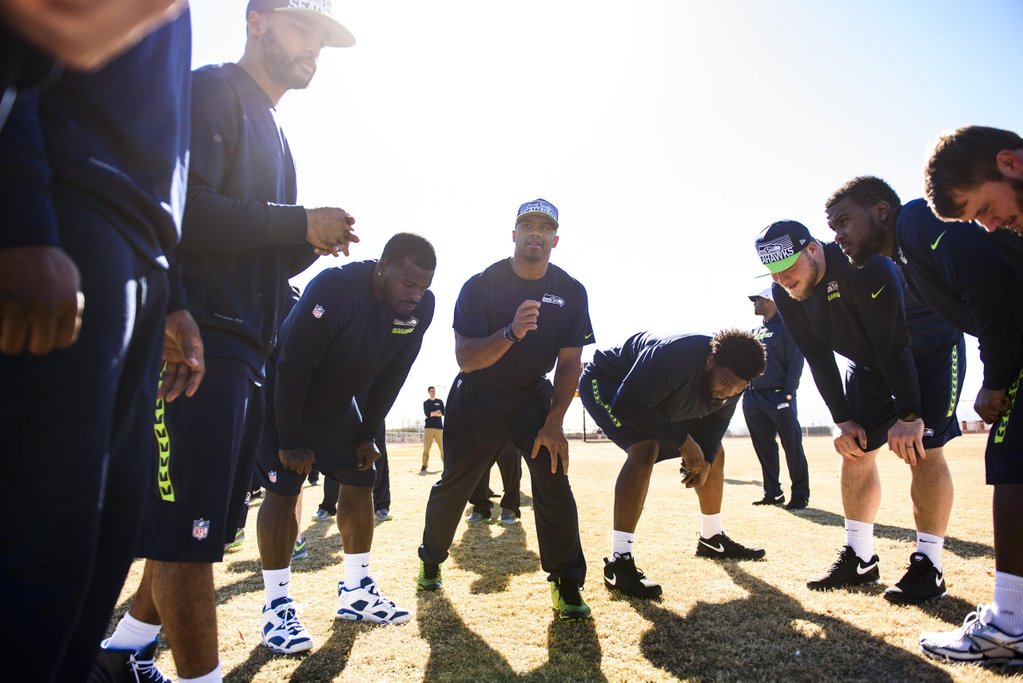 |
| Stolen base attempts per stolen base opportunity |
There was an era in baseball when base stealers ruled the game. Vince Coleman and Rickey Henderson terrorized pitchers with hundreds of bases taken with their speed and guile instead of their bats. Managers attempted to stop the thievery with rocket-armed catchers and countless throws to first base. It helped. But the understanding of what contributes to a stolen base became more sophisticated over time. The time it took a catcher to throw to second base was only part of the equation. Pitchers played a large role. Their time to home plate was just as important as the catcher’s time to second. The slide-step was developed to drastically reduce that time. Pitchers were encouraged to vary their times to become less predictable. It led to a significant reduction in stolen base attempts and stolen base success over time. As the Seahawks come off a dismal seven-sack performance on offense, it is about time we become a little more sophisticated in our understanding of what factors contribute to a sack.
The Offensive Line
The offensive line in the pass protection equation is akin to the rocket-armed catcher. Everyone knows the importance of a good offensive line when it comes to protecting the quarterback. It is easy to pin all the blame on the big fellas when you see a defensive player blow by them for a sack, and they have a key role. It just is not the complete picture.
Time To Throw
How long an offensive line has to protect the quarterback is arguably more important than the quality of the players on the line. Consider that in 110 times this season that Russell Wilson has dropped back to pass and got rid of the ball in 2.5 seconds or less, he has been sacked exactly one time (source: ProFootballFocus.com). In the 150 times he has taken 2.6 seconds or more, he has been sacked 26 times. His rating on those quicker throws is 108.3 versus 89.4 on the longer ones.
Throwing in just 2.5 seconds may seem like a lofty goal, but five quarterbacks average less than that on all of their throws. Peyton Manning has made a career of releasing the ball quickly to avoid sacks, even behind very suspect offensive lines. He leads the NFL with a 2.36 average time to throw. Mathew Stafford, Andy Dalton and Philip Rivers all average 2.47 seconds or less, and all four of those teams rank in the top eight in opponent sack percentage (percent of pass attempts that result in a quarterback sack).
Russell Wilson ranks 36th in the NFL in time to throw, averaging 3.18 seconds. Only Michael Vick and Terrelle Pryor take longer. He has improved slightly from his rookie year when he took 3.35 seconds to throw, and ranked 38th.
Depth Of Throw
Time to throw might be the most important factor to pass protection, but what contributes to that length of time? One obvious relationship is how far down-field a quarterback is throwing. The longer the throw, the longer the drop-back, the greater the time to throw. Seattle ranks fifth in the NFL in average yards per completion at 12.0 and eighth in yards per attempt at 7.5.
Scheme
Receiver Separation
 |
| Seattle has a useful resource it is not using |
